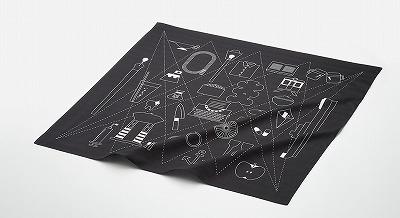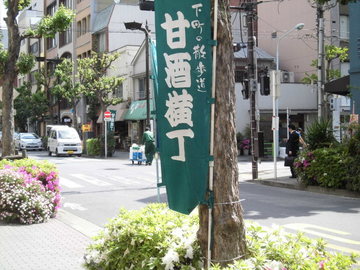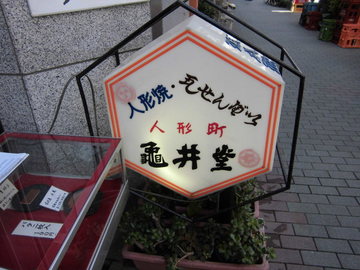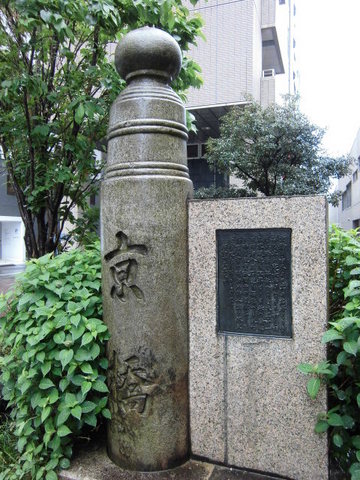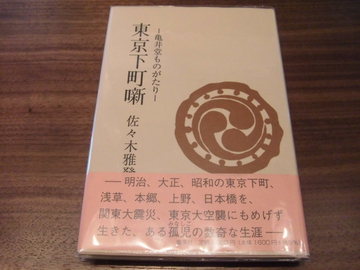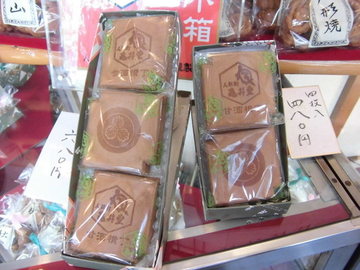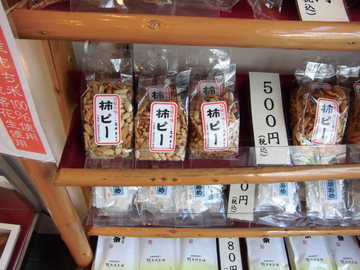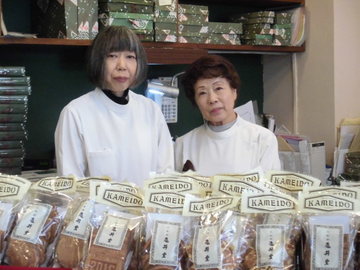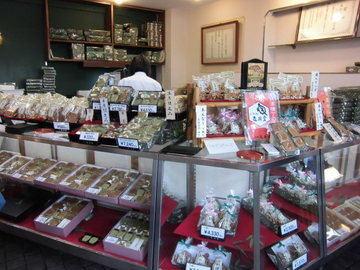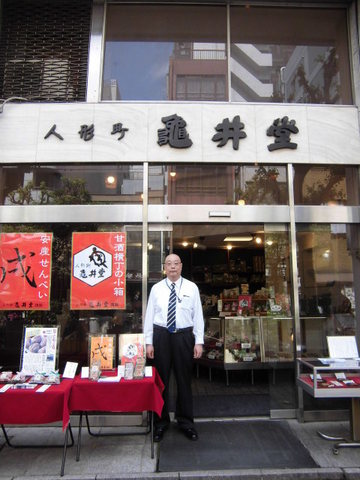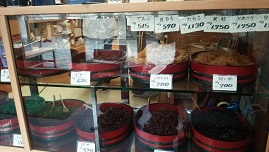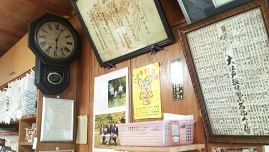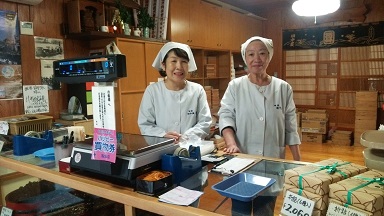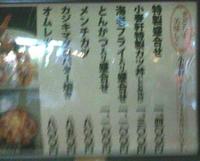Speaking of the city of water, Venice and Amsterdam are famous.
Edo was a city of water, where the transportation of ships was the mainstream and the riverbank was developed.
Today's Tokyo, especially Chuo-ku, Tokyo
Various rivers and diggings have been reclaimed by the development.
Still, there are many rivers and bridges, and it's still a water front.
With the image of the city of water that continues from Edo, the motif was designed with a characteristic bridge in Chuo-ku.
The original Tenugui "ACROSS CLOTH", which is finished with light blue dye, has been released.
From the top, Kiyosu Bridge, Minami Takahashi, Toyomi Bridge, Nihonbashi, Eitai Bridge, Chuo-ohashi Bridge, and Kachidokibashi.
It is a dish that conveys the charm of Chuo-ku, composed of a bridge with high design.
100% cotton, about 35cm x 90cm, ¥1,000 (excluding tax)
Only the Chuo-ku Tourism Association and the Tokyo Karakusaya, a furoshiki specialty store in Ningyocho, can be purchased.
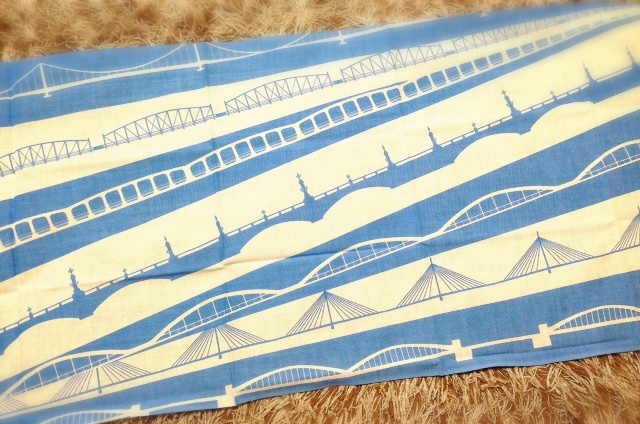
It's a great deal.
Eight bridges (in turn from the mouth) over Okawa (Sumida River) in Chuo-ku.
Let's take you to the other three bridges, which are the motifs of Tenugui.
[Bridge over the Okawa (Sumida River)]
①Kachidokibashi
Nationally Designated Important Cultural Properties
The largest movable bridge in the East was built using technology.
Chicago-type Futaba Jumping Bridge =, that is, a spring bridge.
It seems that opening and closing has been stopped at the end of November 29, 1970 (1970).
What happens when it opens? For those who are interested.
We recommend watching the movie "Blues Brothers".
It's not Kachidokibashi, but it's not Kachidokibashi.
There is a famous scene where the Chicago-type Futaba Jumping Bridge is used effectively.
The light-up is emphasized in a blue straight line and the Futaba arch is green.
②Tsukuda-ohashi Bridge
Tsukuda's ferry, which lasted for about 320 years, is a bridge built over the place where the ferry port to Tsukuda Island was located.
Near the 36km Tokyo Marathon
The bridge is also the estuary of the sloped uphill + Okawa (Sumida River).
It is also known as the biggest difficulty in the course, where the sea breeze blows relentlessly and frustrated people come out.
Standing on a part of a bridge,
There is a point where you can see the Sky Tree well and the Tokyo Tower at the same time.
③Chuo-ohashi Bridge
Harp Bridge connecting Shinkawa and Tsukuda
Hashigami was presented by the city of Paris to commemorate the friendship between the Sumida River in Tokyo and the Seine in Paris.
"Messenger statue (by sculptor Osship Zackin)" is installed.
At first glance, it looks flat, but the bicycle is so inclined that you want to stand up.
Combined with the skyscrapers of Tsukuda, the iconic landscape of the water front spreads out.
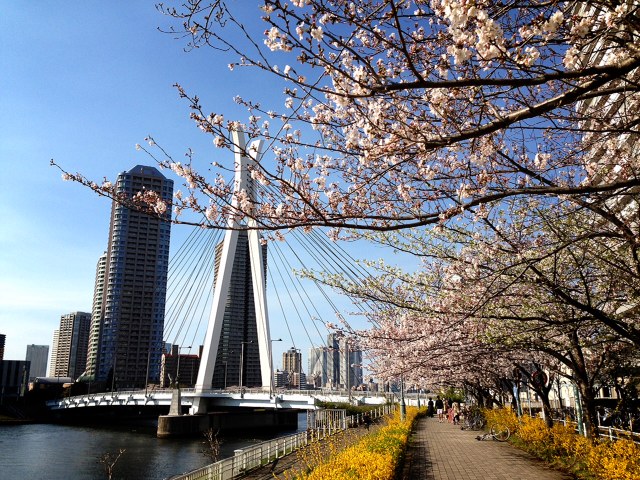
④Eitai Bridge
Nationally Designated Important Cultural Properties
Heavy and robust steel arch bridge
When the arch is lit up, it becomes a big blue rainbow.
Blue is reflected on the surface of the water, and its beauty is so often used in the background of trendy dramas.
While drinking beer, twilight, and
It's also fun to watch the lights up of the bridge and the navigation of the houseboat.
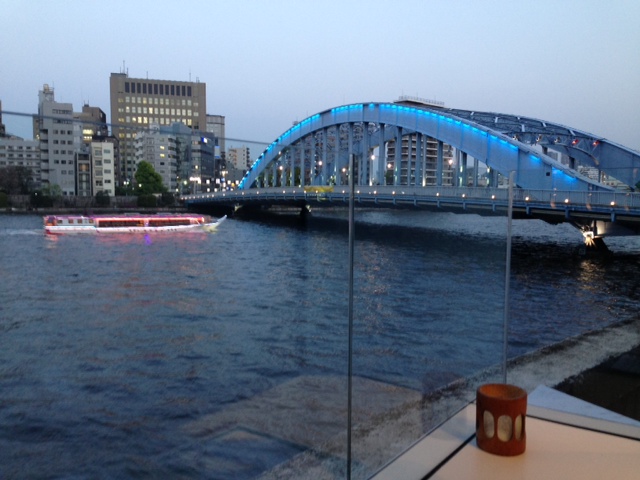
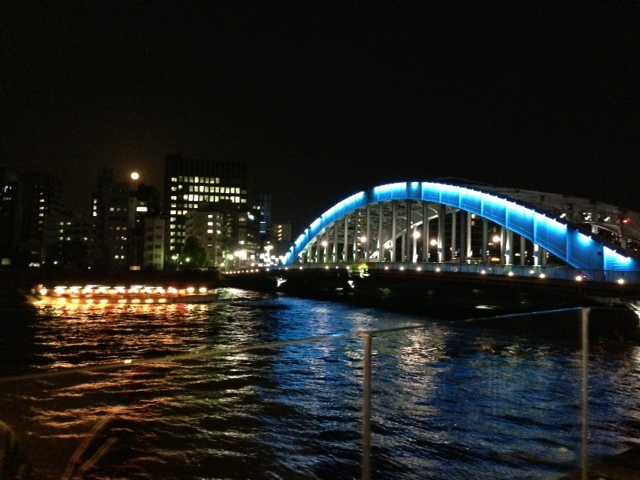
⑤Sumida River Ohashi
A bridge with a two-layer structure characterized by a function-oriented design
The upper part is the Metropolitan Expressway Route 9 and the lower part is the general road.
It's light green and unpopular as a bridge that blocks the landscape.
On the other hand, you can enjoy the view of Kiyosu Bridge and Chuo-ohashi Bridge from this bridge.
It is useful for photographers.
⑥Kiyosu Bridge
Nationally Designated Important Cultural Properties
The elegant shape is modeled by suspension bridge in Rhine.
It looks like the word "M" written flat. The bridge color is grayish, nuanced blue.
The light-up looks like an actress mirror with round light bulbs lined up at equal intervals, but
Because the color is pink, it is reflected in the color of the gray-blue bridge.
The bridge is a little purple and very bewitching.
⑦Shinohashi
The "Human Assistance Bridge" that saved many lives during the Great Kanto Earthquake
Up to now, it has been damaged, washed away, or burned more than 20 times.
It has survived as a key point of transportation.
The yellow support of the current bridge looks like an American football goal.
At last, I want to kick the ball.
By the way, Van Gogh replicates his work influenced by Ukiyo-e, but he is
It is often featured in the topic, and if you look at it, the work you think "Oh, that's right?"
Hiroshige Utagawa's last year's "Large Hashitake Evening" was drawn. (Hiroshige on the left and Van Gogh on the right)
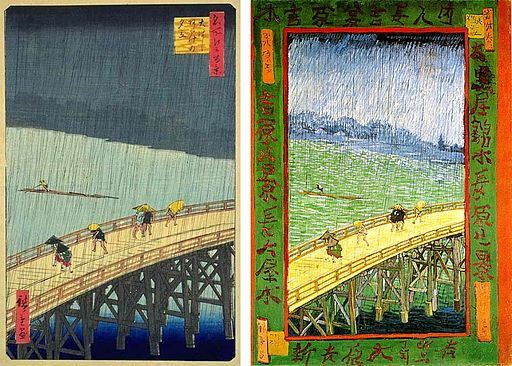
⑧Ryogokubashi
Tokyo selection Historic buildings
A bridge that connects "Musashinokuni" and "Shimousakuni".
The red line under the railing is impressive, with the main pillars, balustrades, bridge lights, sidewalk fences, paving stones, etc.
There is an elaborate work on everything.
[Other bridges with the motif of Tenugui]
*Minami Takahashi
Central ward Tangible Cultural Property
A bridge built over the Kamejima River, which was 1 km long, where Funami Bansho was located in the Edo period.
Due to the lack of budget for reconstruction after the Great Kanto Earthquake, Japan
The central part of the former Ryogoku Bridge is reused as part of the main body.
It has a retro feeling of Meiji period and is cute like a railway model railway bridge.
*Toyomi Bridge
Central ward Tangible Cultural Property
An unusual design like a ladder lying down
This bridge spans the mouth of the Nihonbashi River pours into the Sumida River.
It is said that it was designed in consideration of the landscape balance with the nearby Eitai Bridge.
Inside the white bridge, the balustrade is dark blue, and the contrast is refreshing.
When it is lighted up, it looks like the train is stopped from its unique form.
*Nihonbashi
Nationally Designated Important Cultural Properties
In 2011, the bridge was built, a two-story stone arch bridge that entered the first century.
The starting point of all national roads "Japan Road Mark"
The bronze sculpture of the Kirin and the lion is as sophisticated as gargoyl.
There is no use as a rain gutter, representing prosperity and protection.
